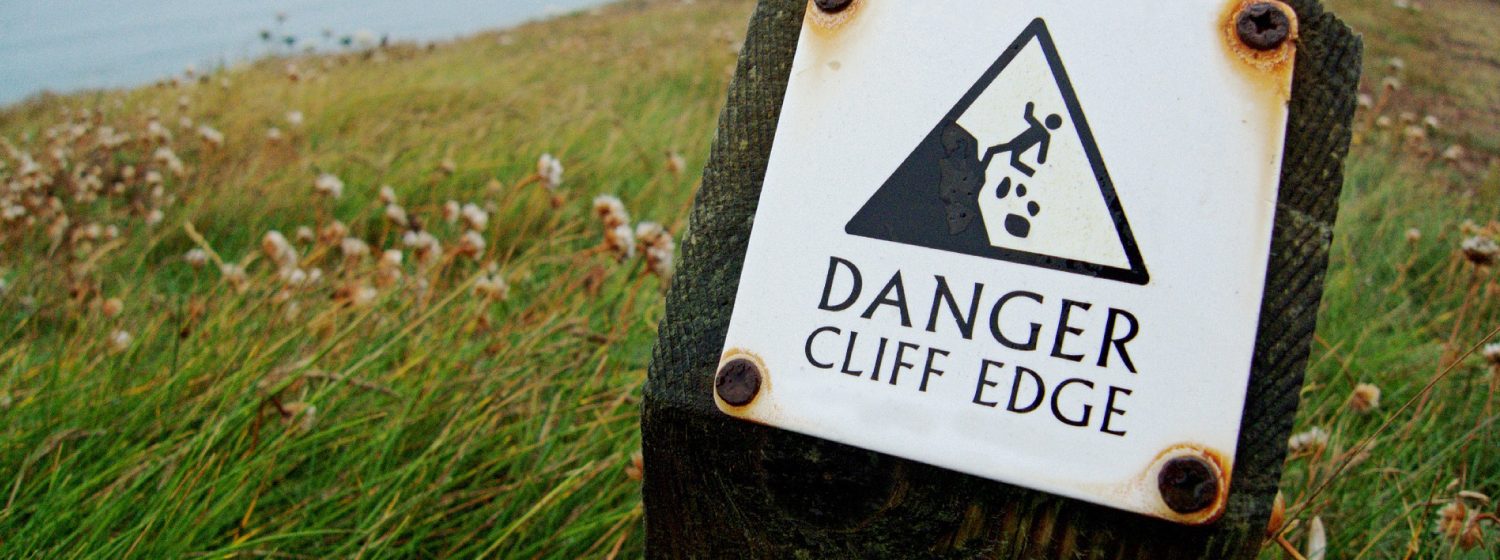Safe is the New Comfortable
Safe is one of the most used words in today’s Christian culture. We verify that each activity and event we plan for students is safe. We avoid certain topics to make sure the content of our teaching is safe. And we set detailed policies and procedures to ensure that the adults with our students are safe. For the most part, this is good, common sense thinking, but, unfortunately, “safe” comes at a cost.
Students that have only experienced “safe” are unlikely to take risks or step outside of their comfort zone, both of which are needed to influence our world toward Christ. We all want students to be safe, but we also want students to be bold in their faith and willing to go where God calls them. My fear is that “safe” has become the new word for “comfortable.”
Here are four specific experiences that can help us walk the line, giving our students a safe but challenging experience that will develop them as leaders and risk takers.
Partner with a church in a different culture
Offer to serve with an inner city, suburban or rural church—someplace that would take your students outside of their comfort zone. Ask the local church to help you take care of safety. They know their town and area, and they will know where, when, and how to serve safely. Then debrief the experience by asking hard questions about serving in this area; get your students thinking about the cost of risk-taking. An experience like this will allow you to talk about how fear and faith go together.
Visit people and places that practice other religions
Take your students to a Synagogue or Hindu Temple. Ask if someone is willing to give your students a tour and make a presentation about their beliefs. After the presentation, debrief with your students about how they would witness to a person from that religion. Talk about how they would break down the walls of indifference and how they would share and show grace. You’ll help your students understand that God wants to use them to share the gospel with people who are different from them.
Take your students to a prison
Allow your students to visit and experience a prison, a place that is quite unlike their culture. Ask if they can participate in chapel or have a discussion with the prison chaplain about the problems prisons and prisoners face. Again, debrief the experience. Ask your students to tell you what the Bible says about our responsibilities to people in prison. In doing so, you’ll get your students evaluating if they live out what they say they believe.
Allow students to make decisions that lead to success or failure.
Teaching risk taking can also take place at any normal youth ministry event when we let students make decisions. The key here is to allow them to make decisions where failure is a possibility. Only when a student is faced with a decision that leads to a real consequence will students have the opportunity to practice risk taking. This process won’t be easy! We’ll need to resist the urge to rescue students when we see them headed towards a mistake, and we’ll need to be prepared to debrief students’ greatest wins and their most difficult failures.
While our culture may believe that a comfortable lifestyle is king, Scripture teaches that following Jesus requires both risk taking and sacrifice. Our youth ministries must walk the line between keeping our students safe and challenging them to take risks. These kinds of experiences will help move your students out of their comfort zones and develop in them the kind of courage and perseverance necessary to spread the gospel worldwide.
About the Author
Doug Franklin
Doug Franklin is the president of LeaderTreks, an innovative leadership development organization focusing on students and youth workers. Doug and his wife, Angie, live in West Chicago, Illinois. They don’t have any kids, but they have 2 dogs that think they are children. Diesel and Penelope are Weimaraners who never leave their side. Doug grew up in… Read More




